Many species in the animal kingdom can bite, sting, or inject us with venom. Some just cause a bit irritation but a few animals lay at the other end of the scale, capable of causing of whole realm of pain. Not all will kill you, but some might cause you to wish they did. Here are 10 examples of species that should best be avoided—these are the animal that can inflict the greatest amount of pain on the human body.
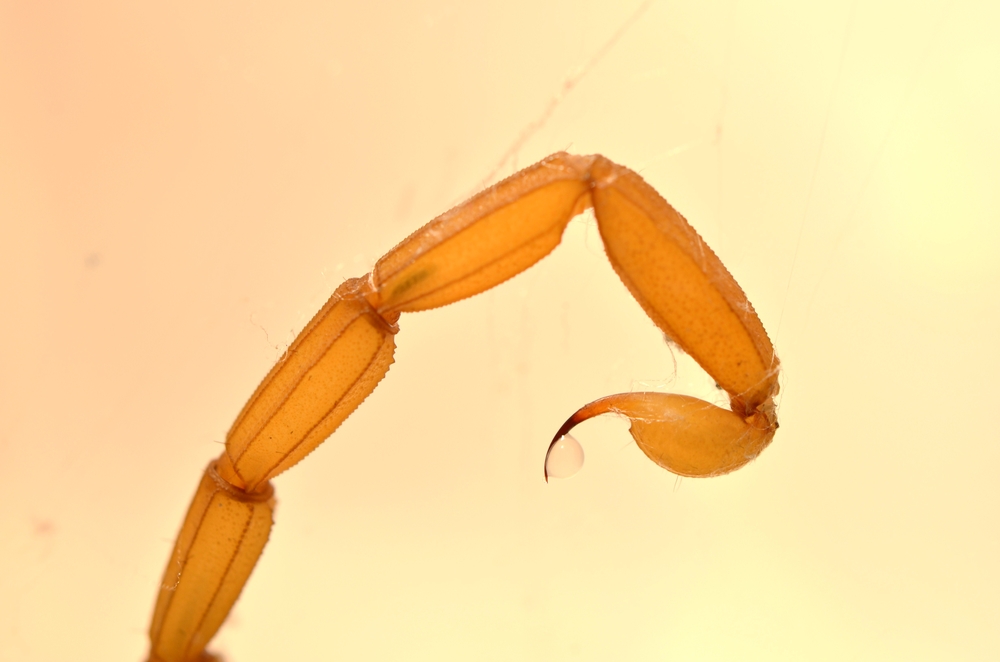
Arizona bark scorpion
The most venomous scorpion in North America is just one to three inches in length but has caused fatalities amongst the elderly, children and adults with compromised immune systems. The venom causes acute pain similar to the sensation of electrical jolts and leads to frothing at the mouth, breathing difficulties and muscle convulsions. Limbs may become immobilised and numbness, tingling and vomiting can also occur. In total, the pain may last an excruciating 72 hours.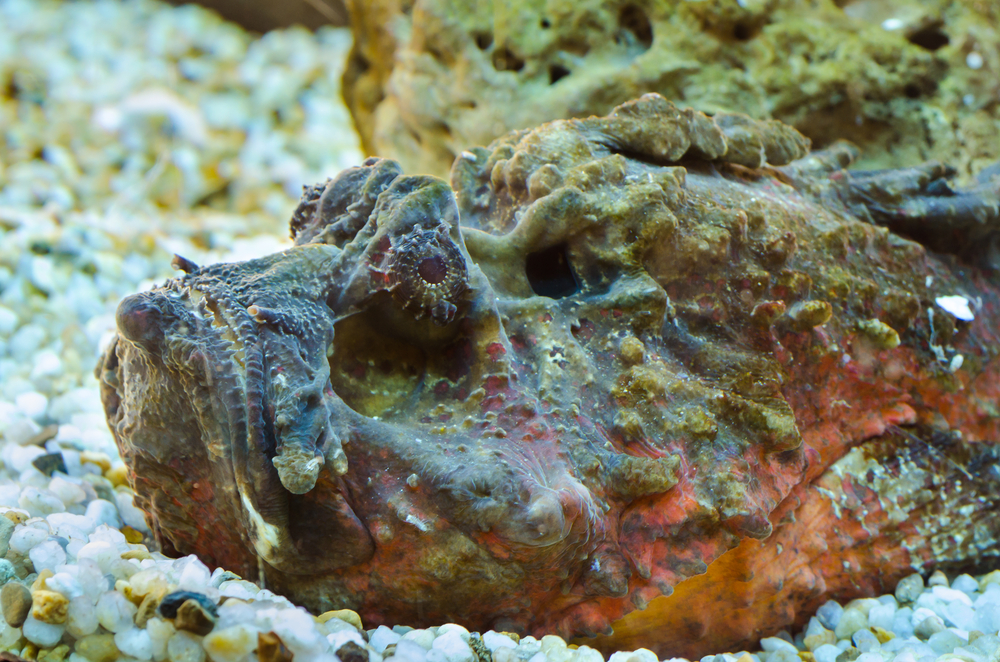
Stonefish
Found in the rocky, shallow waters of tropical oceans, the stonefish is the most venomous fish in the world. It has extremely sharp spines along its back which are easily stepped on by unsuspecting waders as the fish is well-camouflaged and easily mistaken for a rock or bit of coral. When the spines puncture the skin a venom is injected. The pain has been described as instant and intense and has been likened to being hit repeatedly by a sledgehammer on the affected area. The sensation is so bad that victims have described wanting to have the stung limb amputated from their body.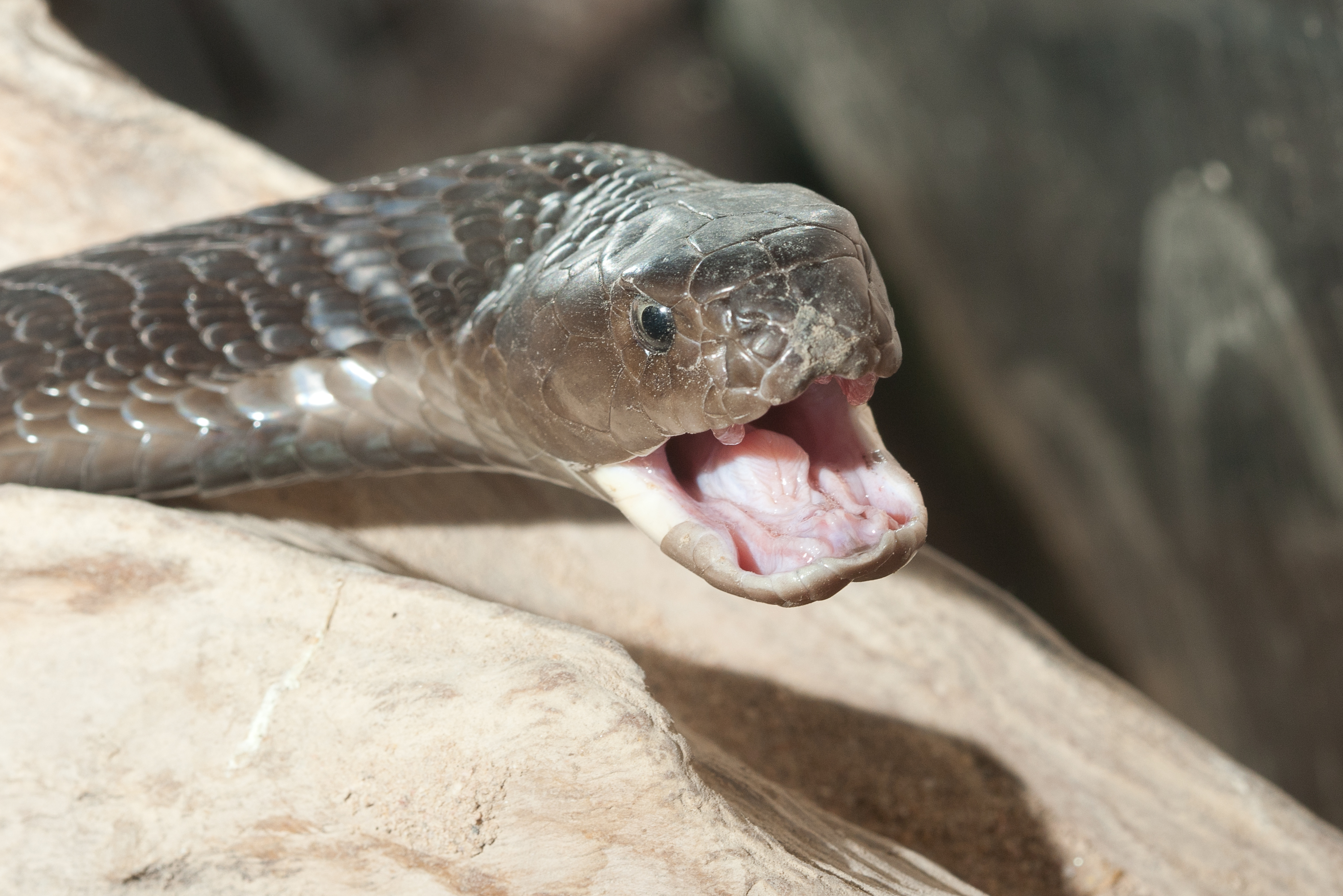
Spitting cobra
The bite of a spitting cobra doesn’t actually induce much pain. But this species gets its name from their defensive strategy of shooting venom, and aiming for eyes when it does so. It aims with a high level of accuracy and ejects venom with a velocity equivalent to that of a water pistol, fast enough that a human can’t evade it. Stand well back as it can shoot venom between four and eight feet. If you get it in your eyes, your sensitive cornea will react with severe burning. The venom contains nerve poisons and tissue-destroying chemicals, and in worst cases can lead to permanent blindness.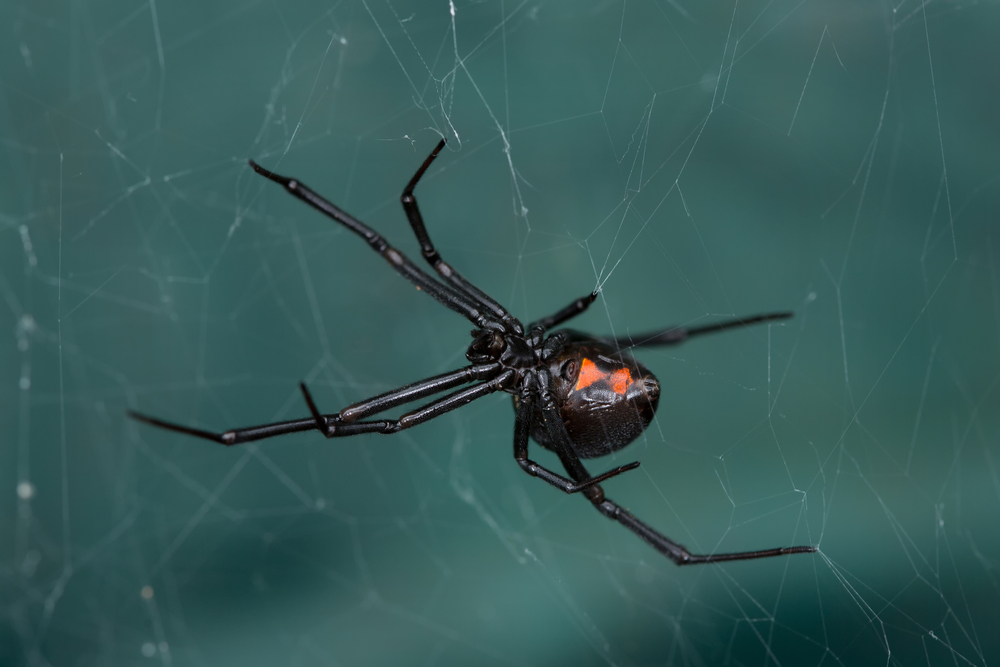
Black widow
The black widow is often thought of as the poster child of painful bites. It certainly ranks among the most painful in the world. However, 95% of bites are benign because smaller black widows are not capable of delivering much venom. If you are unlucky enough to be bitten by a larger black widow, the initial bite won’t hurt as their fangs are small. But about an hour and a half later the venom, which contains a toxic ingredient that interacts with the body’s muscles, will cause extreme cramping. Constant, strong and painful muscle contractions can occur simultaneously and last for days.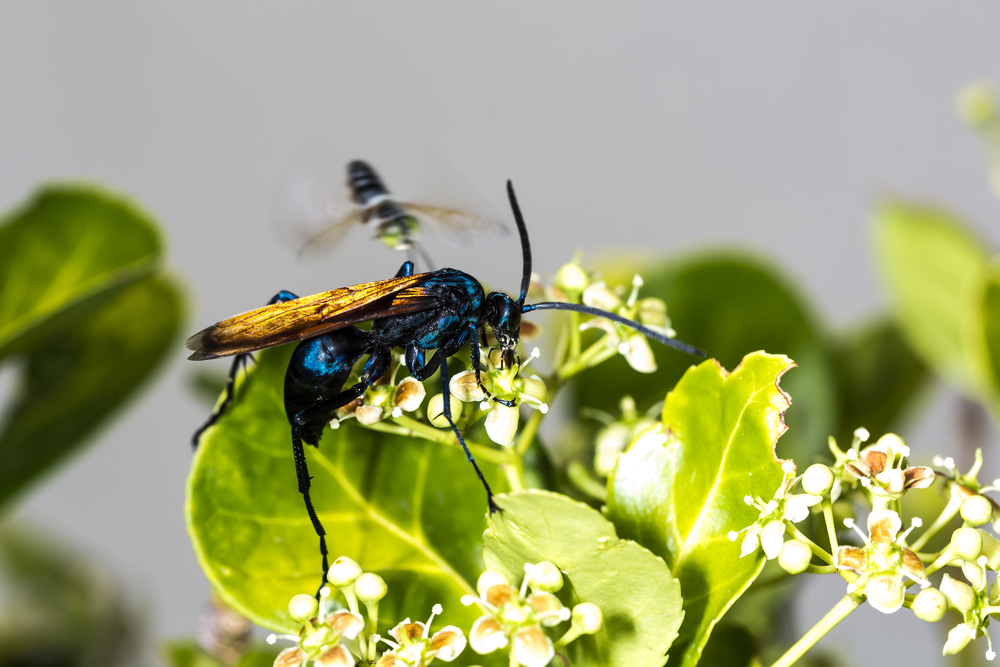
Tarantula Hawk
This huge wasp has long legs with hooked claws on the end to hold their victims. It uses its stinging power to paralyse tarantulas and provide a food source for its young. It lays an egg on the paralysed spider which then hatches and eats the tarantula alive. It is not aggressive and rarely stings humans but one human it did sting was Justin Schmidt, an entomologist who has catalogued the pain sensations of insect stings. He ranked the Tarantula hawk on his Schmidt Sting Pain Index as the second most painful sting ever measured, describing it as a shockingly, electric, fierce and blinding sting, enough to make anyone lie down while screaming in pain.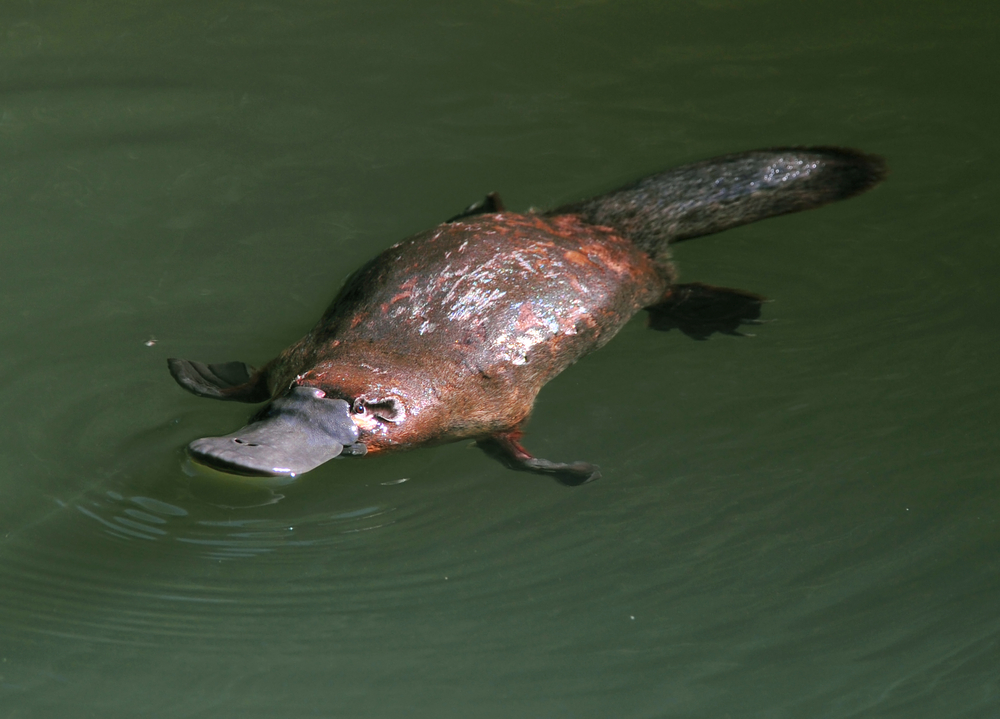
Duck-billed platypus
The clumsy and slightly odd-looking platypus may seem cute but don’t be tempted to pet one. Males have a spurs on their ankles that they use to fight other males in the mating season. They are capable of inflicting a very painful sting—the pain can incapacitate an adult human. There have been no recorded fatalities but the pain is long-lasting and can be combined with nausea and cold sweats. It can even turn into a condition called hyperalagesia, a heightened sensitivity to pain that may last for weeks or months following the initial sting.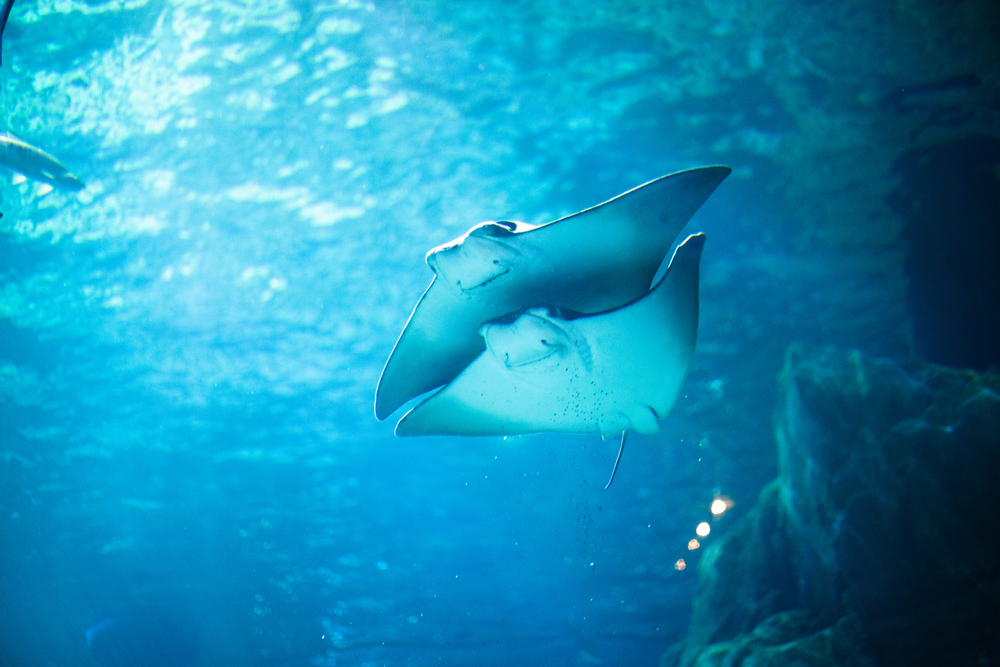
Stingray
The creature that killed Steve Irwin is not usually aggressive towards humans, and uses its sting as defence rather than for hunting or attacking. If it is threatened, it will strike with the serrated barb at the end of its tail that is akin to being prodded by a smouldering iron. As well as carrying a lot of bacteria, the barb is laced with venom that causes burning and searing pain. It can penetrate wetsuits, rubber soles and even boats, and may break off in the wound requiring surgery to remove.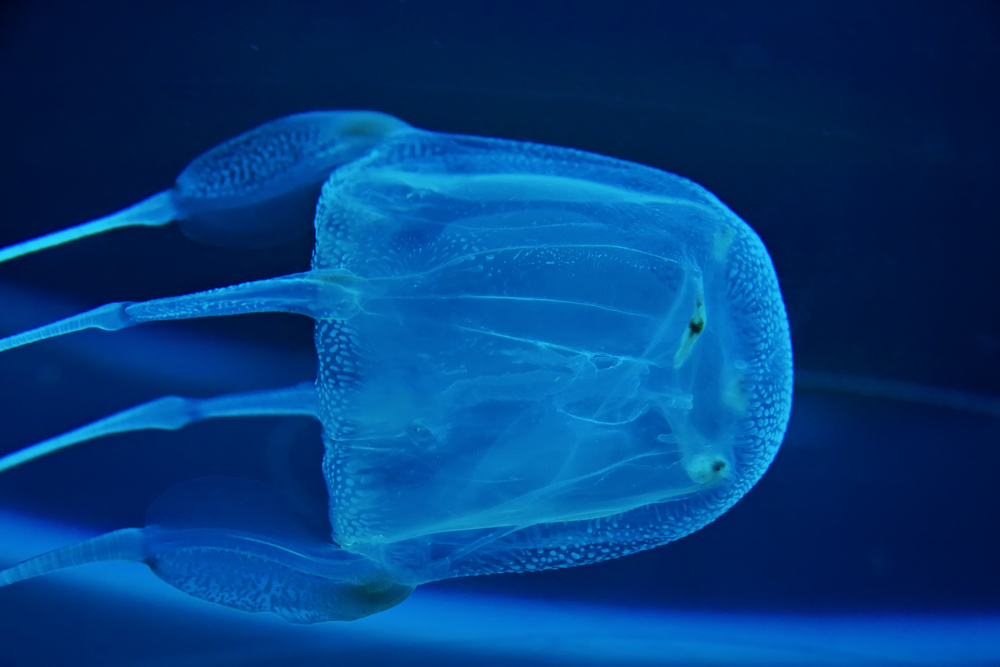
Box jellyfish
The box jellyfish is one of the most dangerous creatures in the world. It is almost invisible to unsuspecting swimmers, but its 10ft long tentacles contain a powerful venom that can kill humans. The tentacles discharge tiny needles into the victim’s skin, each one containing a cocktail of pain-inducing ingredients. Swimmers can become draped and entangled in the drifting tentacles and the intense dose of venom causes an extraordinary, burning pain so intense that it can induce shock and lead to eventual drowning.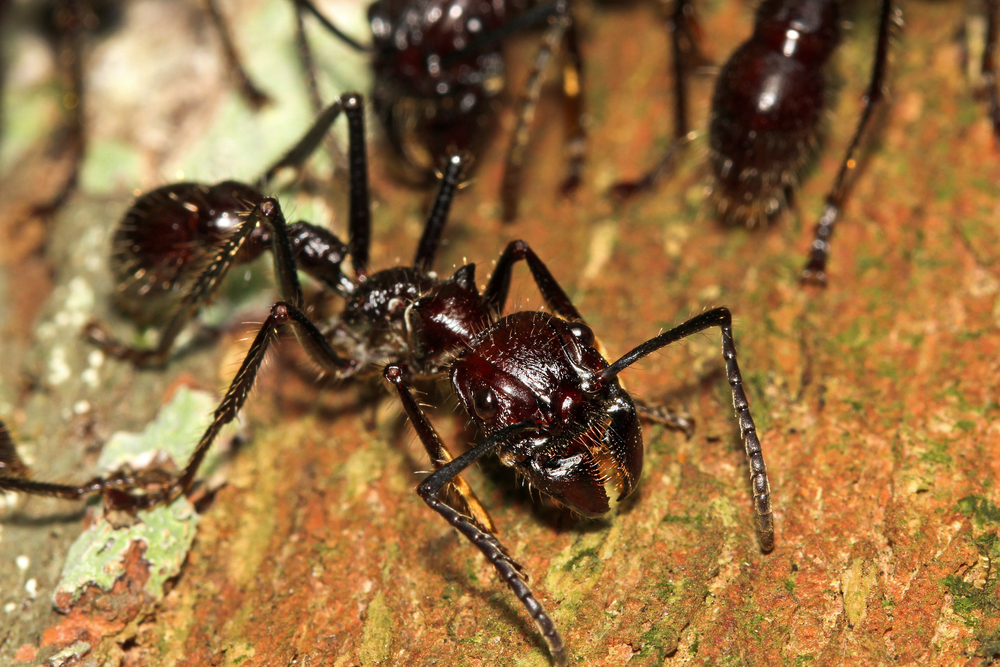
Bullet ant
According to the Schmidt Sting Pain Index, the inch-long bullet ant delivers the most painful sting in the insect world. Some believe it is the most painful of all animals, equating to being shot with a bullet. Schmidt describes the pain as being pure and intense that is like walking on burning charcoal while having three-inch nails under your heels. The pain can last over 24 hours but fortunately is not fatal and causes no permanent damage.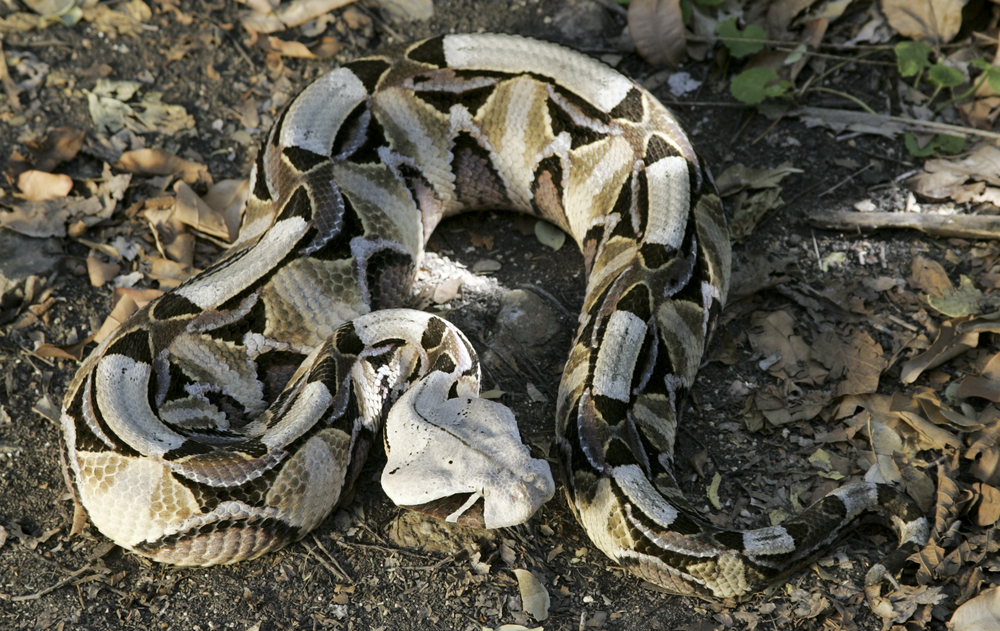
Gaboon viper
There are more deadly snake bites than those delivered by vipers, but viper bites are reputed to be the most painful. The excruciating pain is caused by its tissue destroying venom, which dissolves cell walls and causes internal bleeding. As the venom works its way through the body, so does the pain. The Gaboon viper is the most painful of all venomous snakes, causing rapid swelling, blistering, severe shock and intense pain. Other symptoms include uncoordinated movements, convulsions and damage to the heart. Local tissue damage at the site of the bite may necessitate limb amputation and deaths during the long slow healing process are not uncommon.The many unique and terrifying animals that can inflict serious pain
By Alex Taylor
